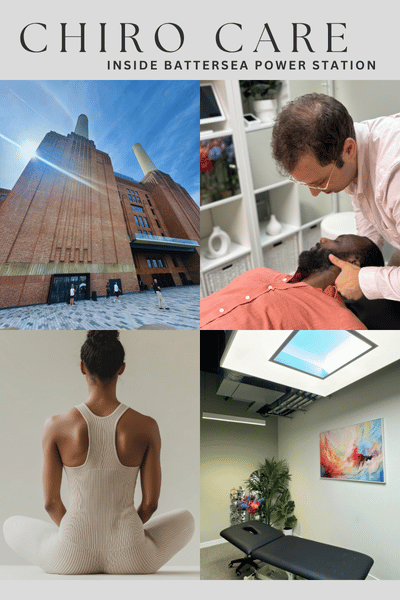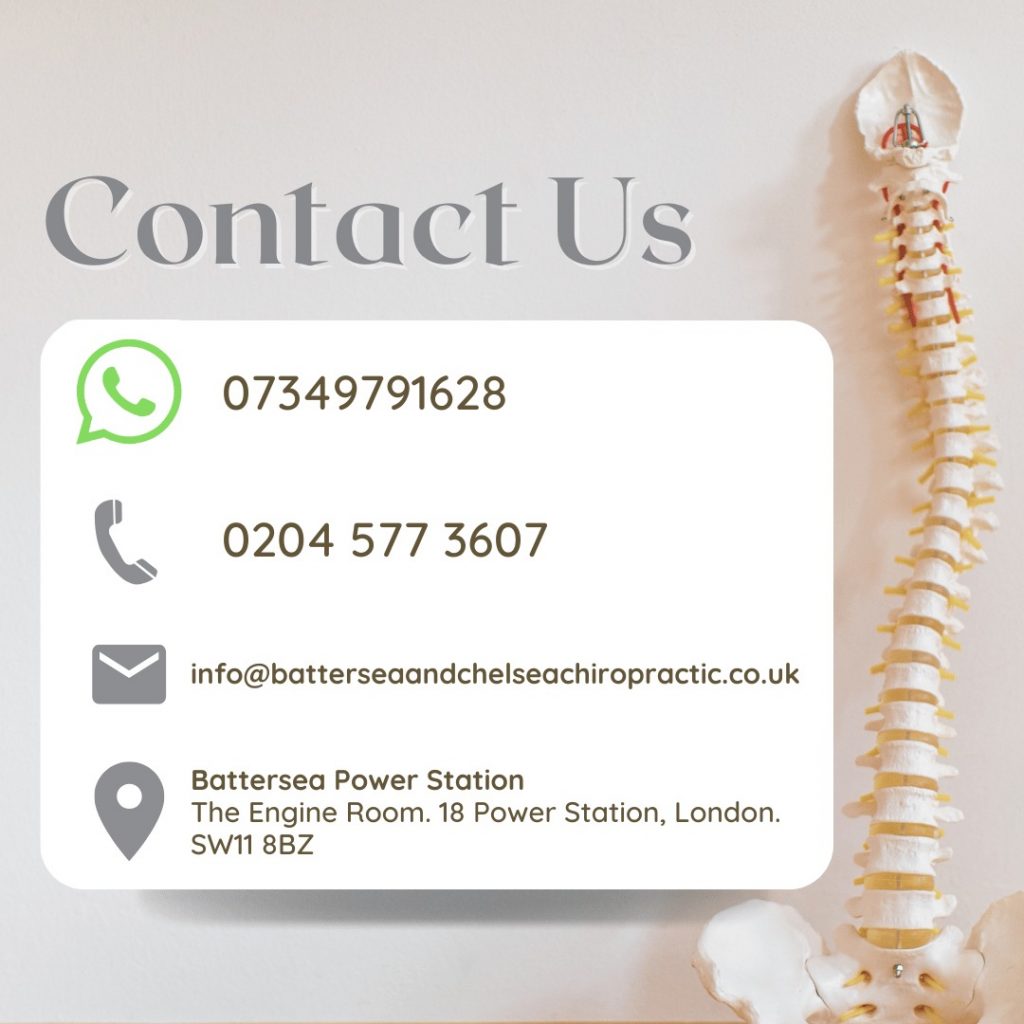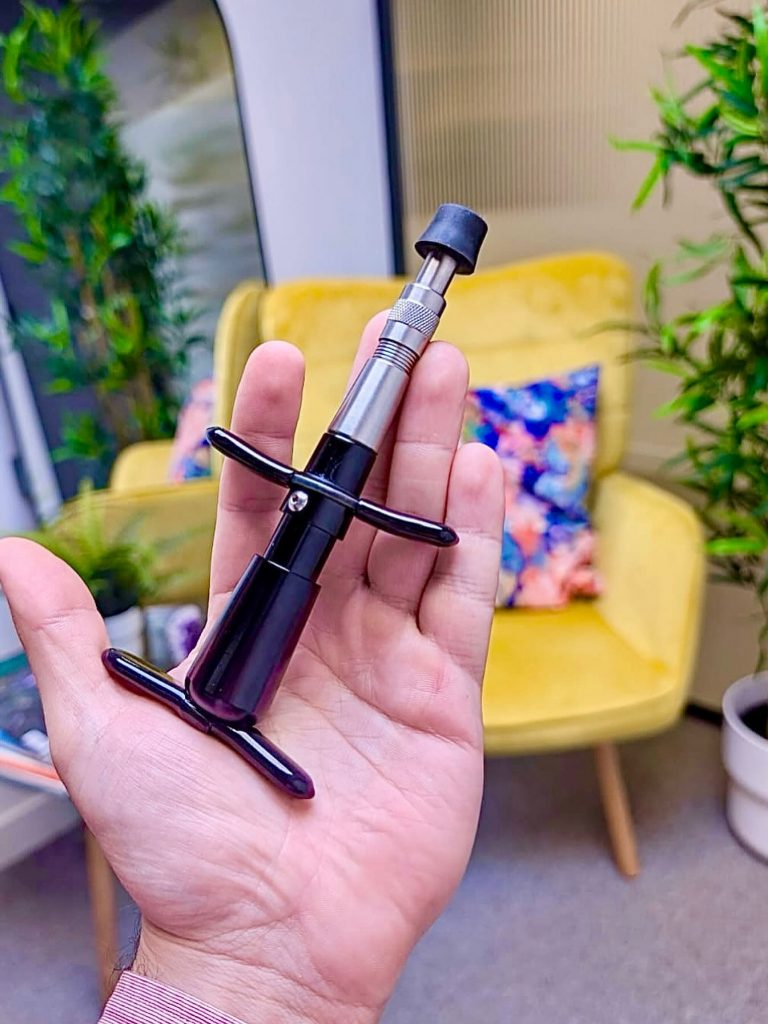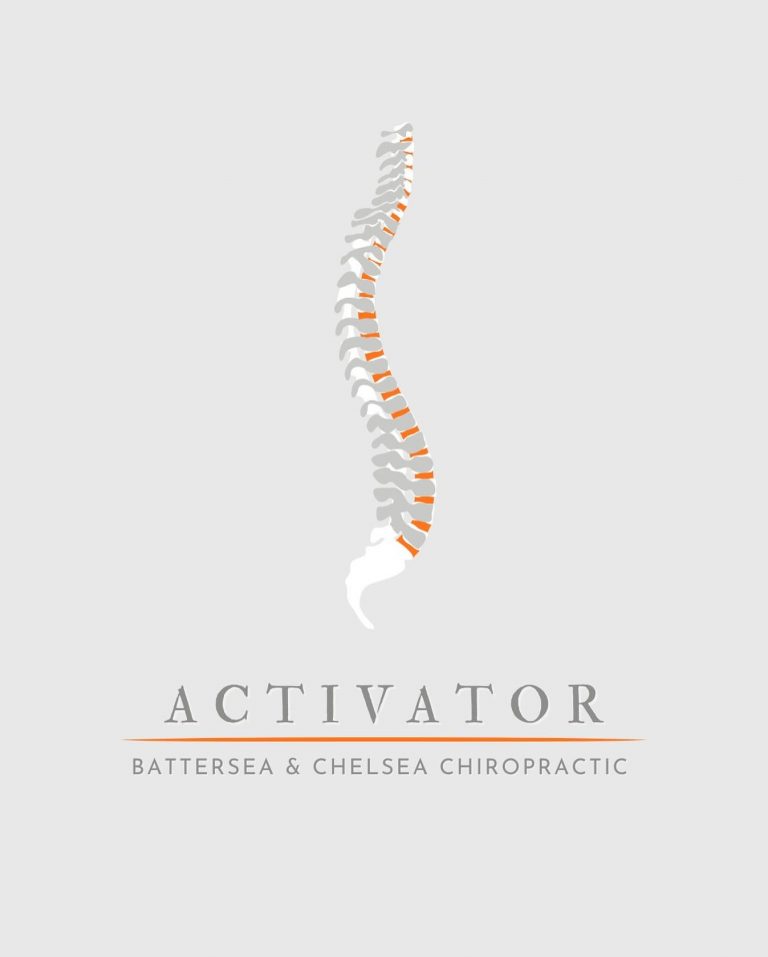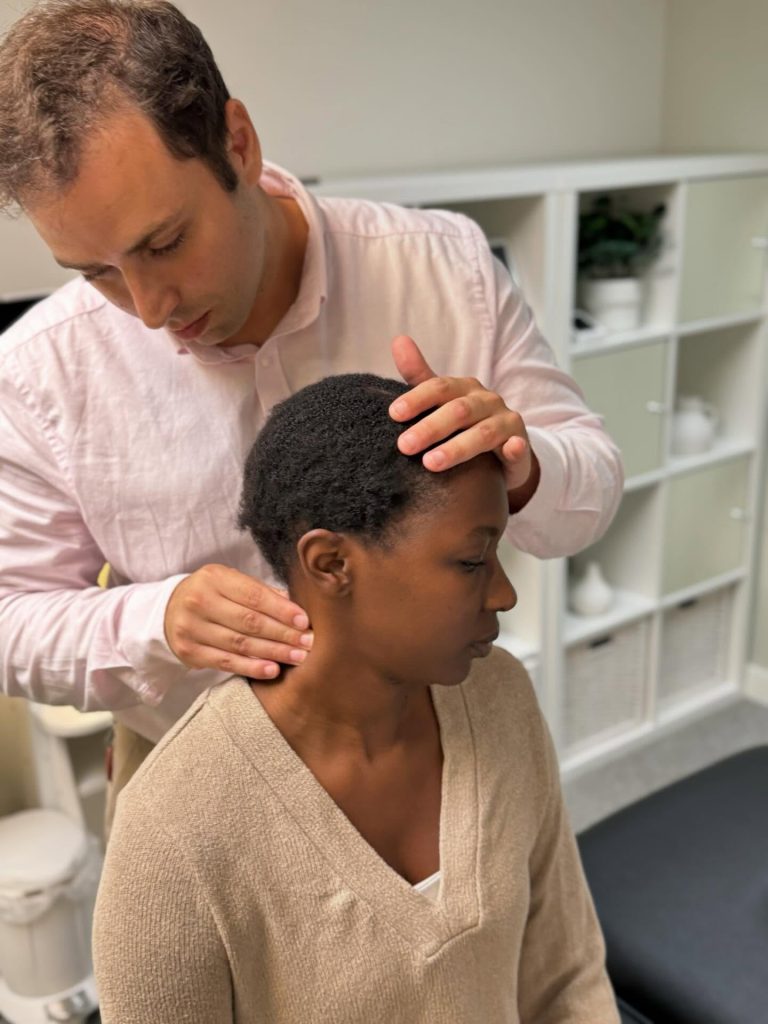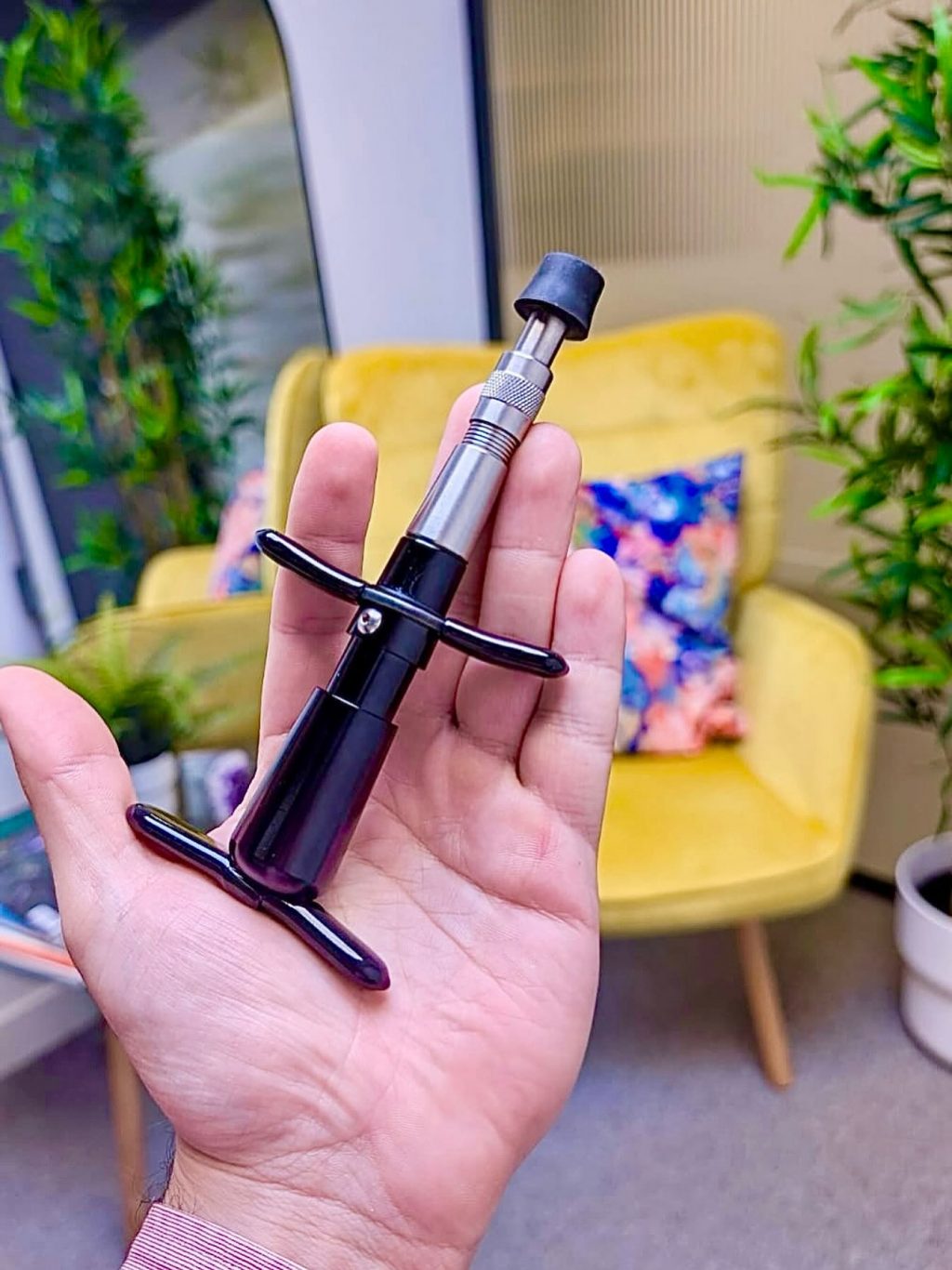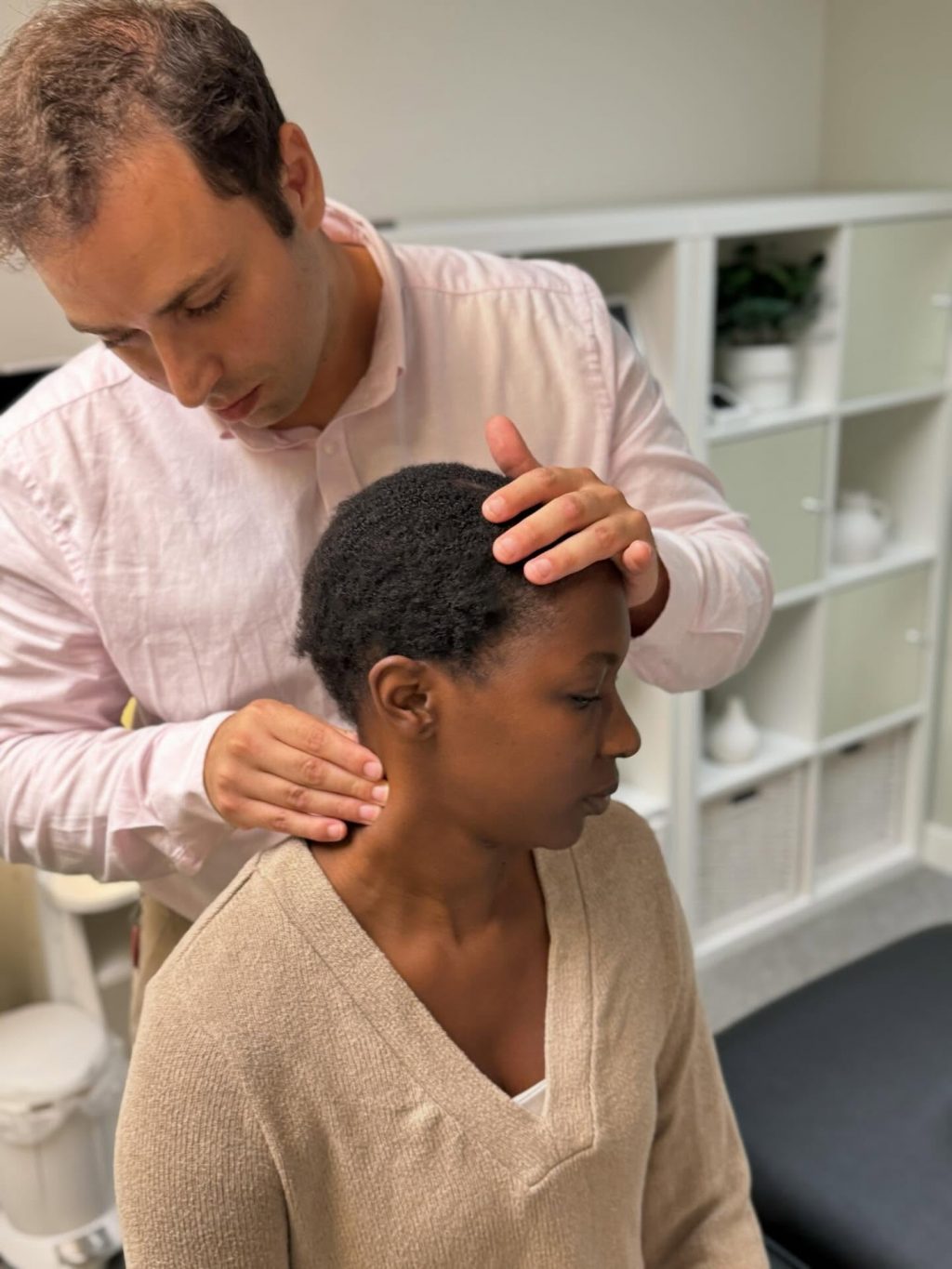What Is Sciatica?
Sciatica Symptoms, Causes & Expert Chiropractic Treatment in Battersea & Chelsea, London
Sciatica Table of Contents
- What Is Sciatica
- Understanding the Sciatic Nerve
- Common Symptoms
- What Causes Sciatica?
- Who’s at Risk?
- How Chiropractors
- Diagnose Sciatica
- How Chiropractic
- Treatment Helps
- Scientific Explanation
- How Adjustments Work
- Home Care & Prevention Tips
- Case Study: From Desk Pain to Pain-Free Movement
- Why Choose Bromley & Chislehurst Chiropractic
- Ready to Find Relief?
- Frequently Asked Questions
What Is Sciatica?
Sciatica is nerve pain that travels from your lower back through the buttock and down one or both legs. It occurs when the sciatic nerve — the longest nerve in your body — becomes irritated, inflamed, or compressed, often due to a herniated disc, joint misalignment, or muscle tension.
At Battersea & Chelsea Chiropractic, inside the iconic Battersea Power Station, our expert chiropractors help Londoners relieve sciatica naturally through safe, precise spinal adjustments, medical acupuncture, and tailored rehabilitation.

Understanding the Sciatic Nerve
The sciatic nerve is the largest nerve in the body, formed by five nerve roots (L4–S3) that branch out from the lower spine. It passes through the pelvis and buttock before extending down the back of each leg, providing both movement and sensation to the thigh, calf, and foot. When this nerve becomes compressed or irritated—often by a spinal disc, misalignment, or tight muscle—it can trigger pain, tingling, or numbness that radiates along its entire pathway. This is why sciatica symptoms can be felt far from the actual point of nerve irritation in the lower back.
Common Sciatica Symptoms
Sciatica is a common but often misunderstood type of nerve pain that can range from a mild, nagging ache to intense, radiating pain that interferes with daily activities and overall wellbeing. The discomfort usually starts in the lower back or buttock and travels down the leg, following the pathway of the sciatic nerve — the body’s longest and largest nerve. This nerve runs from the lower spine through the pelvis and buttocks, extending down each leg to the foot.
In most cases, sciatica affects only one side of the body, but depending on the source of the nerve irritation, it can alternate sides or even occur in both legs. The pain may present as sharp, shooting, or burning sensations and can sometimes feel like electric shocks running down the leg. Others may experience dull, throbbing pain that worsens with sitting, bending, or prolonged standing. Without proper care, these symptoms can intensify and lead to muscle weakness, stiffness, and reduced mobility over time.
What Causes Sciatica?
Sciatica is not a condition on its own — it’s a symptom of an underlying problem affecting the spine, joints, or nearby muscles. It happens when the sciatic nerve, which runs from the lower back down through the buttock and leg, becomes compressed, irritated, or inflamed. Because this nerve controls much of the movement and feeling in the lower body, even small amounts of pressure can cause pain, tingling, or weakness that travels down the leg. For lasting relief, it’s important to find the real cause of the nerve pressure rather than just treating the pain.
At Battersea & Chelsea Chiropractic, our experienced chiropractors specialise in finding and treating the root cause of sciatica. One of the most common reasons for sciatic pain is a slipped or herniated disc, where the soft centre of a spinal disc presses against a nerve root. Age-related changes, known as degenerative disc disease, can also narrow the nerve pathways and cause irritation. In many people, spinal misalignments or restricted joints create inflammation that affects the nearby nerves.
Other common triggers include piriformis syndrome, where a tight buttock muscle squeezes the sciatic nerve, or pelvic imbalance that alters posture and movement. Pregnancy-related postural changes and long hours of sitting, especially for office professionals around Battersea and Chelsea, can also add stress to the lower back and contribute to sciatica.
At Battersea & Chelsea Chiropractic, we take time to carry out a detailed assessment using orthopaedic, neurological, and postural testing to identify where the nerve pressure is coming from. Once the cause is clear, we design a personalised treatment plan using gentle spinal adjustments, soft tissue therapy, dry needling, and corrective exercises to reduce inflammation, restore mobility, and support long-term healing — helping you move freely again without pain.
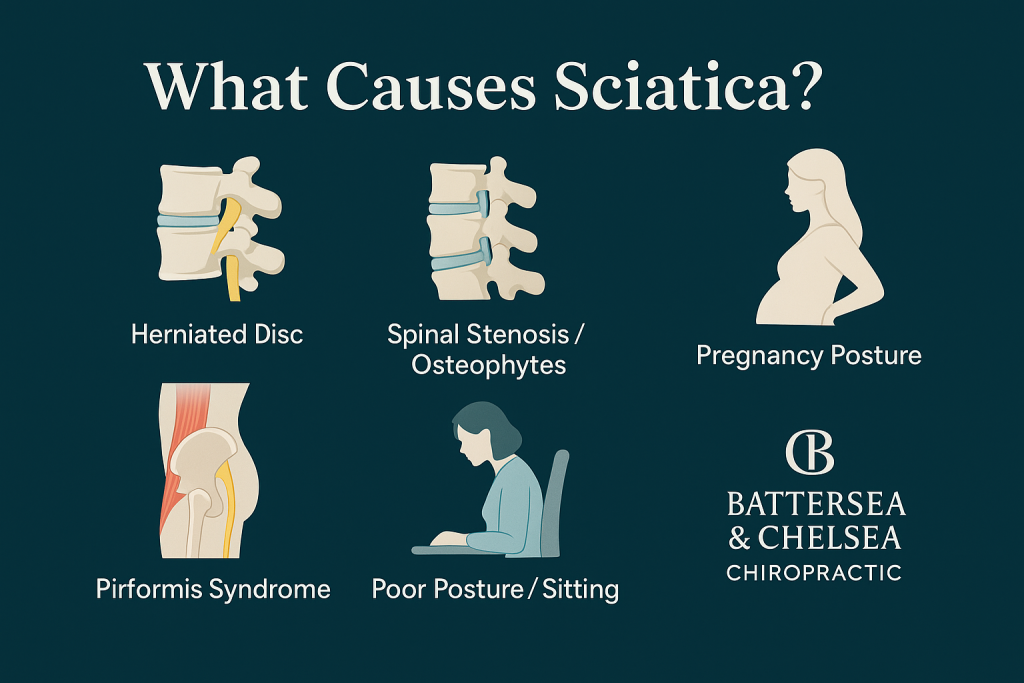
Who’s at Risk?
Sedentary work or long commutes: Sitting for extended periods can increase pressure on spinal discs and restrict circulation.
Age-related spinal changes: Natural wear and tear can narrow the nerve pathways and reduce flexibility.
Poor posture or weak core muscles: A lack of spinal support increases the risk of nerve irritation.
Heavy lifting or improper technique: Sudden strain or twisting can lead to disc injury or joint misalignment.
Pregnancy and hormonal changes: These can alter posture and add stress to the lower back.
Chronic stress and muscle tension: Tight back or gluteal muscles can compress the sciatic nerve.
At Battersea & Chelsea Chiropractic, we often see city-based professionals who sit for long hours at desks or in traffic. Our chiropractors help correct postural strain, relieve nerve pressure, and restore healthy spinal movement to prevent ongoing pain.
How Chiropractors Diagnose Sciatica
At Battersea & Chelsea Chiropractic, every patient with leg, hip, or lower back pain begins with a thorough consultation and assessment to determine the exact cause of their symptoms. Because sciatica can arise from a range of spinal, muscular, or postural issues, accurately identifying the source of nerve irritation is essential for achieving long-term recovery — not just temporary pain relief.
Your first visit includes a detailed discussion of your medical history and lifestyle. We take time to understand your symptoms, previous injuries, daily habits, work setup, exercise routine, and any factors that make your pain better or worse. This helps us identify whether your sciatica is caused by spinal misalignment, muscular tension, or postural imbalance.
Next, your chiropractor will perform orthopaedic and neurological testing, which may include reflex checks, strength assessment, and sensory evaluation for tingling or numbness. Specific movement tests, such as the straight-leg raise and slump test, help determine which spinal nerve roots (often L4–S1) are affected.
We then carry out a postural and gait analysis, observing how your spine, pelvis, and lower limbs move and align while standing and walking. Flexibility, joint mobility, and muscle tone are assessed to identify any restrictions or compensations contributing to the problem.
If needed, we may refer you for X-rays or MRI scans to confirm disc involvement or rule out other underlying conditions. This comprehensive, evidence-based approach allows us to locate the true source of your sciatic pain and create a precise, personalised care plan to restore proper function, relieve nerve pressure, and help you move freely again.
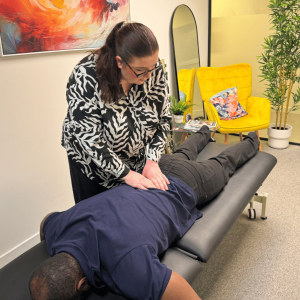
How Chiropractic Treatment Helps
At Battersea & Chelsea Chiropractic, our approach to treating sciatica focuses on precision, safety, and lasting results. Rather than masking pain with medication, chiropractic care works to correct the root cause of the problem — addressing issues within the spine, joints, and soft tissues that irritate the sciatic nerve. By improving spinal motion, reducing inflammation, and restoring natural alignment, we help your body heal and function as it was designed to.
Your treatment begins with a thorough assessment to understand what’s causing the nerve compression. Once identified, your chiropractor will create a personalised care plan that may include spinal adjustments, soft tissue therapy, dry needling, postural correction, and targeted rehabilitation exercises.
1. Spinal Adjustments (Chiropractic Manipulation)
Gentle, precise adjustments are used to realign restricted or misaligned vertebrae in the lower back or pelvis. This reduces pressure on the sciatic nerve, restores mobility, and eases inflammation. Many patients notice a significant improvement in pain and stiffness within just a few visits.
2. Soft Tissue Therapy
Tight and inflamed muscles — particularly in the gluteal, piriformis, and hamstring regions — often contribute to sciatica. Soft tissue and myofascial techniques release tension, improve circulation, and speed up recovery.
3. Dry Needling (Medical Acupuncture)
Our chiropractors are trained in medical acupuncture, also known as dry needling. This technique uses fine needles to release muscle spasms, reduce inflammation, and calm irritated nerves along the sciatic pathway. It works effectively alongside chiropractic adjustments for faster, longer-lasting results.
4. Pelvic and Postural Rebalancing
Pelvic misalignment is a common but often overlooked cause of sciatic nerve pain. By correcting pelvic tilt, leg length differences, and poor sitting posture, we restore balance to the lower spine. We also provide ergonomic and postural advice to help prevent the pain from returning.
5. Rehabilitative Exercise and Mobility Training
Once pain levels have improved, your chiropractor will guide you through tailored exercises to strengthen the core, stabilise the spine, and restore flexibility. These may include lumbar stretches, piriformis release techniques, and nerve-glide exercises to promote healthy nerve movement.
6. Neurological Reintegration
Each adjustment not only improves spinal function but also helps reset communication between the brain, muscles, and joints. As nerve interference decreases, muscle coordination and body control improve, supporting long-term stability.
7. Patient Education and Aftercare
Our care doesn’t stop in the clinic. We teach you proper sleeping positions, lifting techniques, stress management, and daily mobility habits to keep your spine strong and balanced.
At Battersea & Chelsea Chiropractic, our goal is not only to relieve your pain but to correct the cause, restore normal function, and help you move confidently and freely — without fear of your symptoms returning.
How Adjustments Work
When a spinal joint loses its normal movement — a condition known as a subluxation — it can cause irritation, inflammation, and tightness in the surrounding muscles. This tension often places additional pressure on the nearby nerve roots, leading to pain that may radiate along the sciatic nerve. Over time, these mechanical changes can disrupt nerve communication, restrict mobility, and affect overall spinal function.
Chiropractic adjustments are designed to restore proper motion and alignment to the affected joints. By correcting these restrictions, adjustments help improve blood flow, reduce inflammation, and ease muscle tension around the irritated nerve. This process not only relieves pain but also enhances the body’s ability to heal naturally.
Research shows that spinal manipulation can significantly reduce pain intensity, improve function, and increase mobility in people with sciatica. By restoring mechanical and neurological balance, chiropractic care supports long-term recovery and a more active, pain-free lifestyle.
Home Care & Prevention Tips
Alternate between sitting and standing every 30 minutes: Avoid staying in one position for too long, as prolonged sitting can increase pressure on the lower back. Short standing breaks or gentle walking helps keep joints and muscles flexible.
Incorporate gentle movement and stretching: Light walking and controlled stretches support circulation and reduce stiffness. Avoid any exercise or movement that increases your pain.
Use ice and heat appropriately: Apply ice for 10 minutes at a time during acute flare-ups to reduce inflammation, and use gentle heat to ease muscle tightness or stiffness.
Support your posture: Choose an ergonomic chair with proper lumbar support, and keep your feet flat on the floor to maintain spinal alignment.
Adopt a supportive sleeping position: Sleeping on your side with a pillow between your knees helps keep your spine and hips aligned, reducing tension on the sciatic nerve.
Stay hydrated and eat well: Proper hydration and balanced nutrition support tissue repair, reduce inflammation, and promote overall spinal health.
Case Study: From Desk Pain to Pain-Free Movement
Patient: Emma, 38, marketing executive from Battersea
Initial symptoms: Sharp right-leg pain (8/10), numb toes, pain when sitting >10 minutes.
Diagnosis: L5–S1 disc bulge compressing sciatic nerve root.
Treatment plan:
2 chiropractic adjustments weekly over 6 weeks
3 dry needling sessions
Posture correction + home exercises
Outcome:
Pain reduced from 7/10 → 2/10
Returned to running and gym workouts
Improved posture and workstation ergonomics
Why Choose Battersea & Chelsea Chiropractic
Doctor-led clinic inside Battersea Power Station
Experts in spinal alignment, rehabilitation, and medical acupuncture
Modern, calming environment designed for city wellness and recovery
Personalised treatment plans for professionals, athletes, and mothers
Conveniently located near Nine Elms, Embassy Gardens, and Chelsea
At Battersea & Chelsea Chiropractic, we take the time to understand your lifestyle, daily movement patterns, and long-term wellness goals. Whether you’re recovering from pain, improving posture, or enhancing mobility, our chiropractors provide evidence-based care focused on achieving lasting results — not just short-term relief.
Book Your Chiropractic Appointment Today
Experience expert spinal care at Battersea & Chelsea Chiropractic, where new patients can enjoy a special 50% discount on their initial consultation. Our experienced, doctor-led team provides thorough assessments, personalised treatment plans, and gentle, effective chiropractic adjustments to relieve pain, improve posture, and restore movement. Whether you’re suffering from back pain, sciatica, or general stiffness, our chiropractors are here to help you move freely and feel your best again.
Book Your Chiropractic Appointment Today and begin your journey toward lasting relief, improved mobility, and better overall wellness.
📍 Battersea & Chelsea Chiropractic
Inside Battersea Power Station, London
📞 Phone: 0204 577 1017
💬 WhatsApp: 07349 791628
📧 Email: info@batterseaandchelseachiropractic.co.uk
🌐 Website
